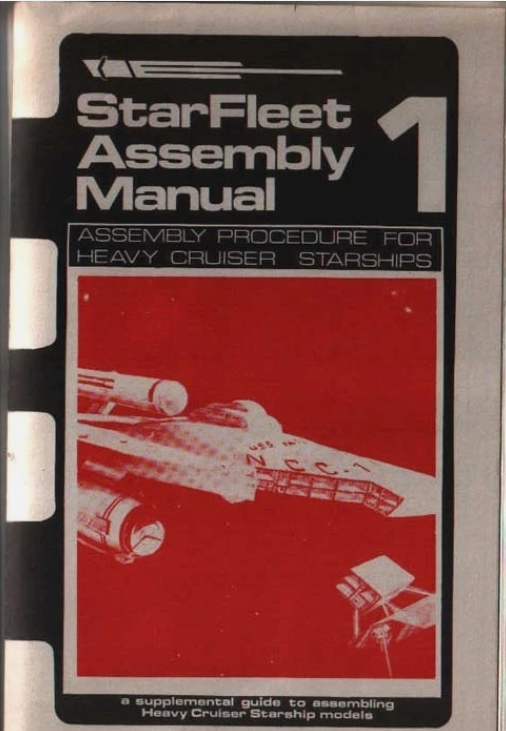The book says that the first shuttlecraft model kit was released in 1974. It also has some discussion of the Leif Ericson/"Mystery UFO" kit, which apparently was developed for a TV series concept Stephen E. Whitfield pitched called Space Cadet (no idea if it was related to the Heinlein novel), in which the cadets would've trained on a different ship each season, allowing AMT to put out a new model kit each season.
There's an interesting bit in the first photo insert -- a set of photos from Whitfield's collection that didn't make it into The Making of Star Trek, including more photos of props from the show and some behind-the-scenes photos of things like Jim Rugg working on the bridge equipment and one of the planet models being lit for an effects shot. Unfortunately, they're printed rather small, so it's hard to make out detail.
There's an interesting bit in the first photo insert -- a set of photos from Whitfield's collection that didn't make it into The Making of Star Trek, including more photos of props from the show and some behind-the-scenes photos of things like Jim Rugg working on the bridge equipment and one of the planet models being lit for an effects shot. Unfortunately, they're printed rather small, so it's hard to make out detail.



